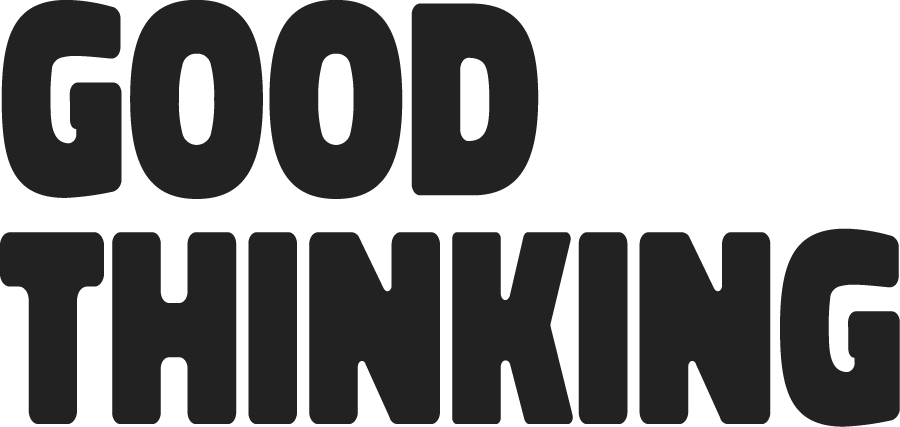Mastering Meeting Confidence: Understanding the HALT Model
The Strategic Leader Podcast- Series 1, Episode 8
In today’s fast-paced professional world, many of us face anxiety when it comes to speaking in meetings. Whether presenting to senior stakeholders or engaging in team discussions, how we show up mentally and physically can significantly influence our effectiveness. In our latest podcast episode, we explore this critical issue through the lens of the HALT Model—a framework designed to help you assess and improve your readiness for these high-stakes interactions.
Introducing the HALT Model
The HALT model stands for Hungry, Angry, Lonely, and Tired—four states that can profoundly affect our performance in the workplace. Understanding and addressing these factors is key to presenting your best self in any meeting. Let’s dive deeper into each component:
1. Hungry: Fuelling Your Performance
It’s easy to overlook our basic nutritional needs, especially when we’re busy. However, hunger can lead to decreased focus and energy levels.
Actionable Tips:
Plan Ahead: Schedule regular breaks to eat throughout your workday. Keep healthy snacks like nuts or fruit on hand to avoid getting "hangry."
Hydration Matters: Dehydration can impair cognitive function. Aim to drink enough water daily and keep a water bottle at your desk.
2. Angry: Managing Emotions
We all experience strong emotions at work, whether from a challenging meeting or an email that hits a nerve. Carrying these feelings into new interactions can cloud your judgment and affect your communication.
Actionable Tips:
Self-Check: Before entering a new meeting, take a moment to reflect on your emotions. Ask yourself, “Am I carrying any unresolved feelings from earlier?”
Park Your Emotions: If you find that you are holding onto anger or frustration, try to mentally set it aside. Visualise placing those emotions in a box, allowing you to focus fully on the task at hand.
3. Lonely: Finding Support
Loneliness is often underestimated in the workplace. Many leaders feel isolated, particularly when navigating complex challenges. This sense of solitude can impact your confidence and willingness to engage.
Actionable Tips:
Identify Allies: Reach out to colleagues who can provide support. Whether it’s a mentor or a peer, having someone in your corner can enhance your sense of belonging.
Build Relationships: Make an effort to connect with your team. Regular check-ins or informal coffee chats can foster a supportive environment.
4. Tired: Prioritising Self-Care
Fatigue—whether physical or emotional—can severely hinder your performance. As leaders, we often carry heavy workloads that leave little room for rest.
Actionable Tips:
Get Quality Sleep: Prioritise sleep hygiene by establishing a bedtime routine and creating a comfortable sleep environment.
Take Breaks: Incorporate short breaks throughout your day to recharge. Even a quick walk outside can refresh your mind and improve productivity.
Putting HALT into Practice
Now that we understand the HALT model, how can we apply it effectively? Here are some strategies to ensure you show up as your best self in meetings:
Pre-Meeting Reflection: Before any significant meeting, take a few moments for self-reflection. Ask yourself:
How am I feeling right now?
What might be influencing my mindset?
If I were feeling my best, how would I approach this meeting differently?
Mindfulness Techniques: Practice mindfulness or deep-breathing exercises to center yourself. This can help reduce anxiety and clear your mind, allowing you to engage more effectively.
Role-Playing: If possible, practice your presentation or key talking points with a trusted colleague. This not only helps build confidence but also provides valuable feedback.
Listen to the full episode here.
For a deeper dive into the HALT model and more strategies to enhance your communication skills, listen to our podcast episode here. We share personal anecdotes, expert insights, and practical advice to help you navigate the challenges of speaking in meetings with confidence.
